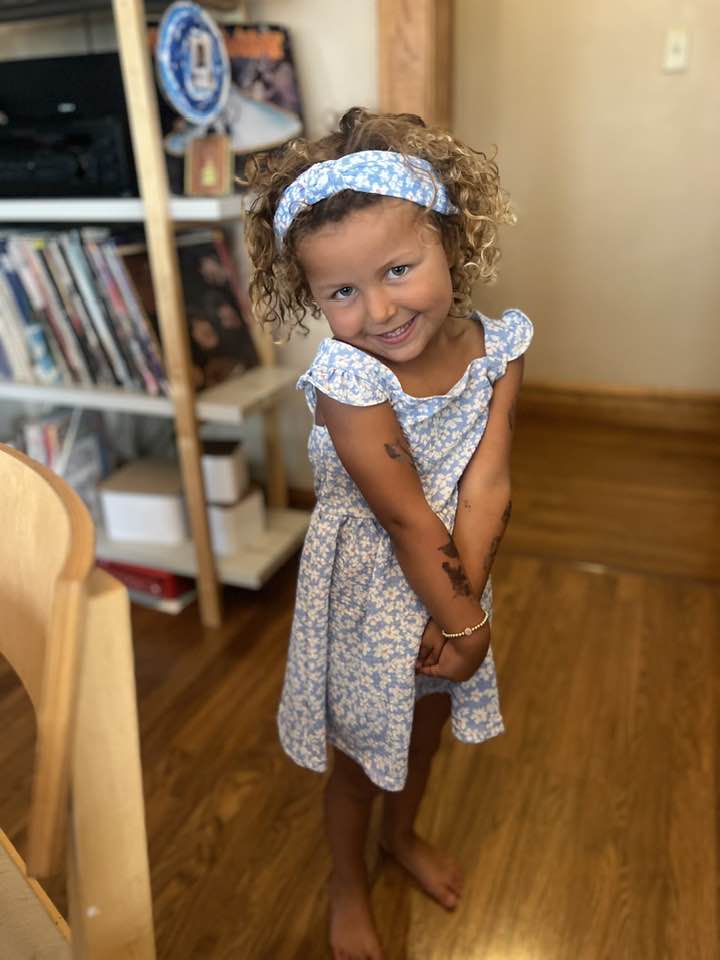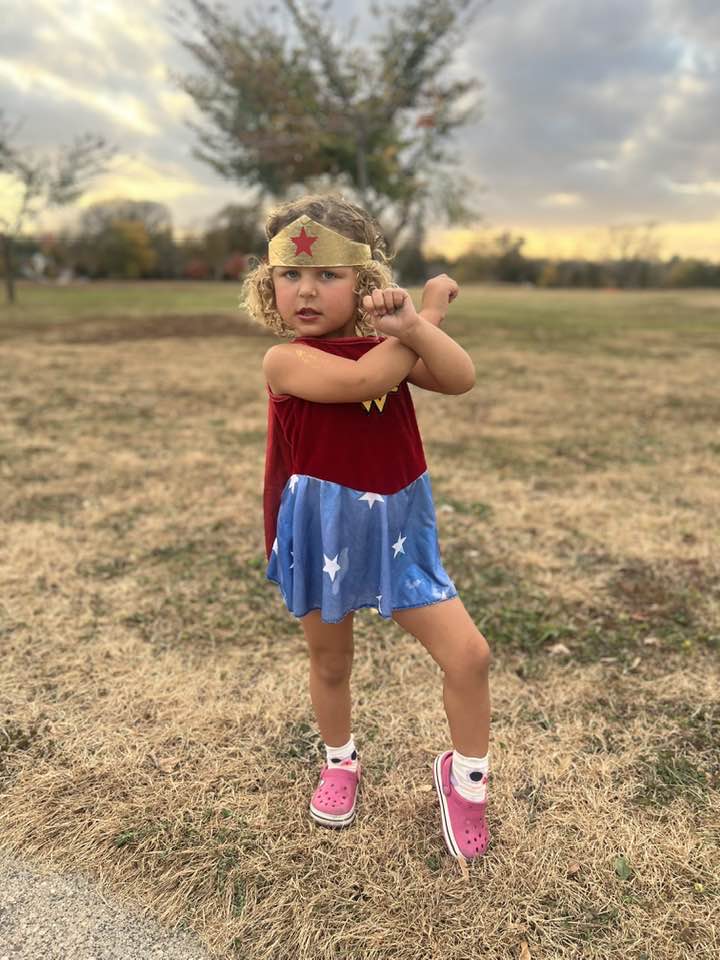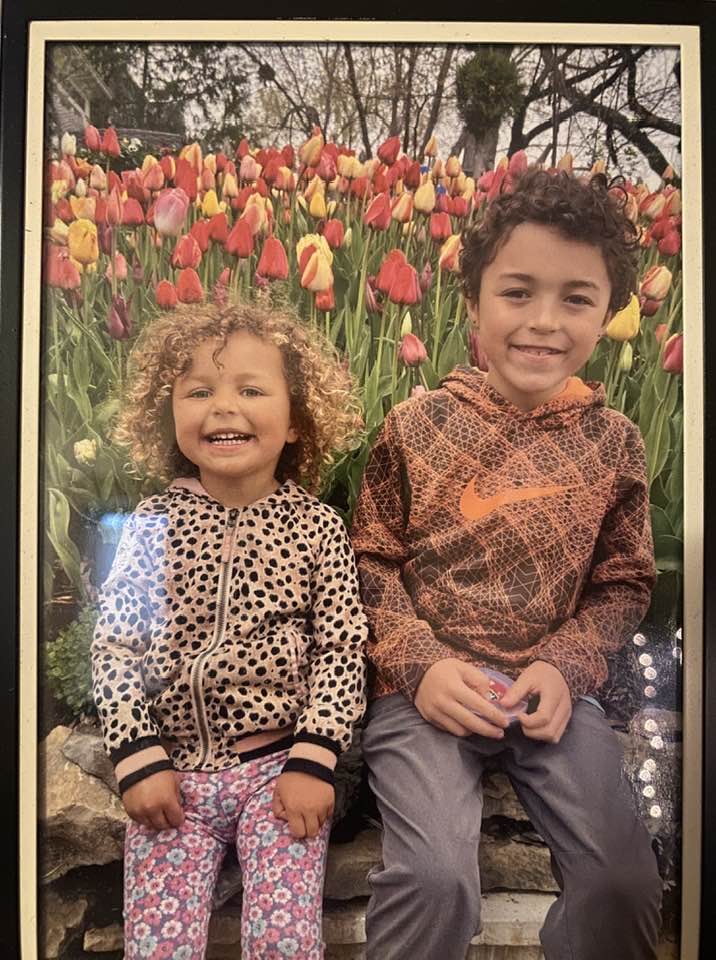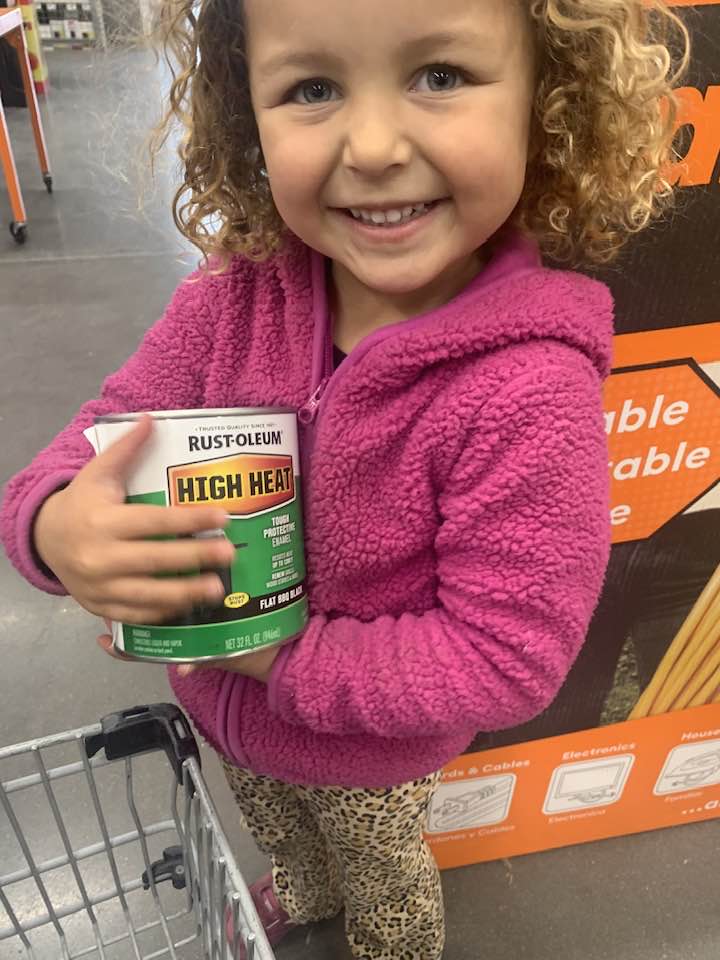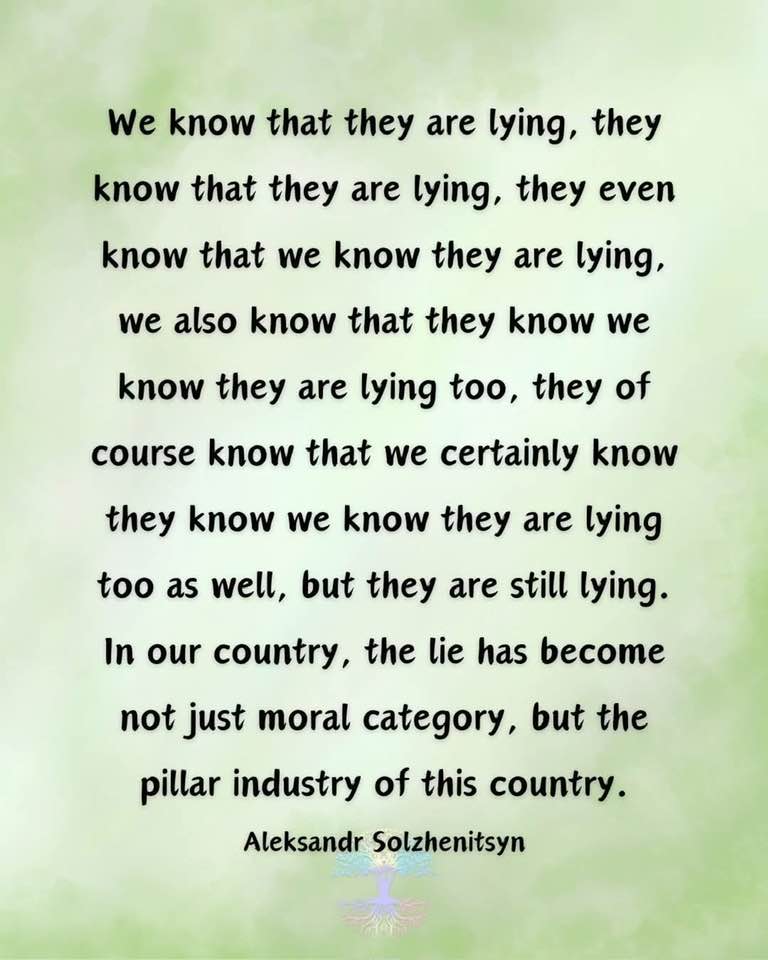Blog
Otis Lee Clay (February 11, 1942 – January 8, 2016 Waxsaw, MS) was an American R&B and soul singer, who started in gospel music. In 2013, Clay was inducted to the Blues Hall of Fame.
more...Little Johnny Taylor (born Johnny Lamont Merrett; February 11, 1943 – May 17, 2002 Gregory, AK) was an American blues and soul singer. He made recordings throughout the 1960s and 1970s, and continued public performances through the 1980s and 1990s.
more...Joshua Daniel White (February 11, 1914 – September 5, 1969 Greenville, SC) was an American singer, guitarist, songwriter, actor and civil rights activist. He also recorded under the names Pinewood Tom and Tippy Barton in the 1930s.
White grew up in the South during the 1920s and 1930s. He became a prominent race records artist, with a prolific output of recordings in genres including Piedmont blues, country blues, gospel music, and social protest songs. In 1931, White moved to New York, and within a decade his fame had spread widely. His repertoire expanded to include urban blues, jazz, traditional folk songs, and political protest songs, and he was in demand as an actor on radio, Broadway, and film.
However, White’s anti-segregationist and international human rights political stance presented in many of his recordings and in his speeches at rallies were subsequently used by McCarthyites as a pretext for labeling him a communist to slander and harass him. From 1947 through the mid-1960s, White was caught up in the anti-communist Red Scare, and as a consequence his career suffered. Nonetheless, White’s musical style would go on to influence several generations of musical artists. In 2023, he was inducted in the Blues Hall of Fame.
more...Both are large emission nebulas toward the constellation of the Charioteer (Auriga). The spider-shaped gas cloud in the image center is actually an emission nebula labelled IC 417, while the smaller fly-shaped cloud on the left is dubbed NGC 1931 and is both an emission nebula and a reflection nebula. About 10,000 light-years distant, both nebulas harbor young star clusters. For scale, the more compact NGC 1931 (Fly) is about 10 light-years across. The featured deep image, captured over 20 hours during late January in Berkshire UK, also shows more diffuse and red-glowing interstellar gas and dust.
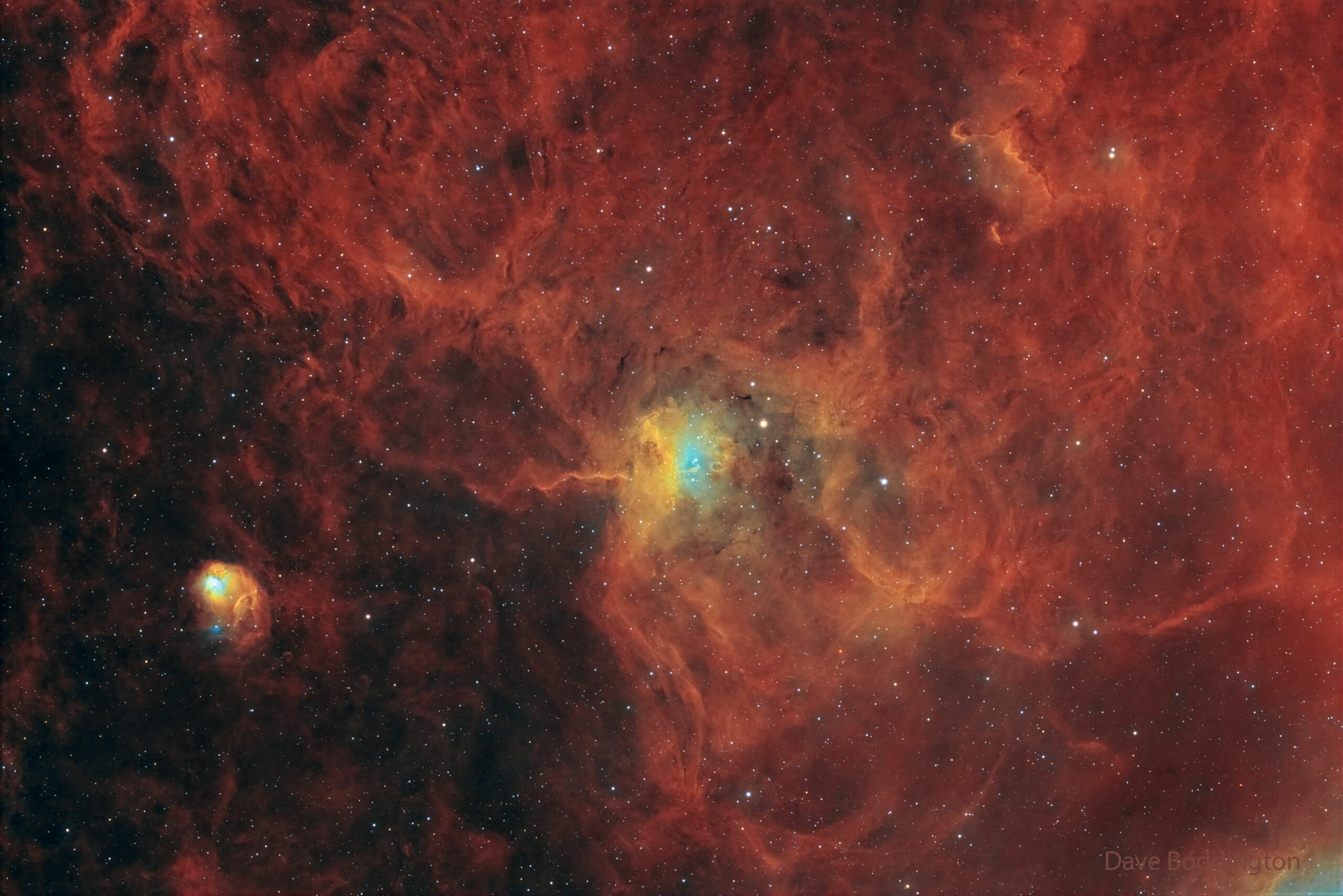
more...
George Otis Winston III (February 11, 1949 – June 4, 2023) was an American pianist performing contemporary instrumental music. Best known for his solo piano recordings, Winston released his first album in 1972, and came to prominence with his 1980 album Autumn, which was followed in 1982 by Winter into Spring and December. All three became platinum-selling albums, with December becoming a triple-platinum album. A total of 16 solo albums were released, accumulating over 15 million records sold, with the 1994 album Forest earning Winston a Grammy award for Best New Age Album. Winston received four other Grammy nominations, including one for Best Children’s Music Album, performed with actress Meryl Streep, and another for Best Contemporary Instrumental Album for his interpretation of works by the rock band the Doors.
Winston played in three styles: the melodic approach that he developed and called “rural folk piano”; stride piano, primarily inspired by Fats Waller and Teddy Wilson; and his primary interest, New Orleans rhythm and blues (R&B) piano, influenced by James Booker, Professor Longhairand Henry Butler. While the majority of his recordings were in the folk piano style, Winston mostly enjoyed playing R&B piano. His musical style has been classified as new age and sometimes classical, but he rejected both labels.
Winston also played the guitar and harmonica. His interest in the Hawaiian slack-key guitar led him to start his own record label, Dancing Cat Records.
more...Sérgio Santos Mendes 11 February 1941 – 5 September 2024) was a Brazilian musician.
His career took off with worldwide hits by his band Brasil ’66. He released 35 albums and was known for playing bossa nova, often mixed with funk. He was nominated for an Oscar for Best Original Songin 2012 as a co-writer of “Real in Rio” from the animated film Rio.
Mendes was primarily known in the United States, where his albums were recorded and where most of his touring took place. He was married to Gracinha Leporace, who performed with him from the early 1970s. Mendes collaborated with many artists, including Black Eyed Peas, with whom he re-recorded in 2006 a remake of his 1966 version of the song “Mas que nada“, which was a breakthrough hit for him. Mendes died from complications of long COVID at a hospital in Los Angeles on 5 September 2024, at the age of 83.
more...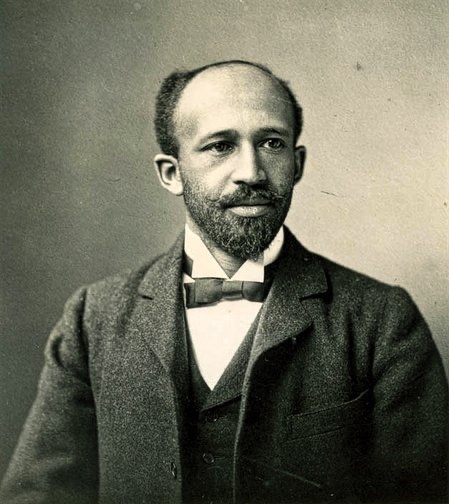
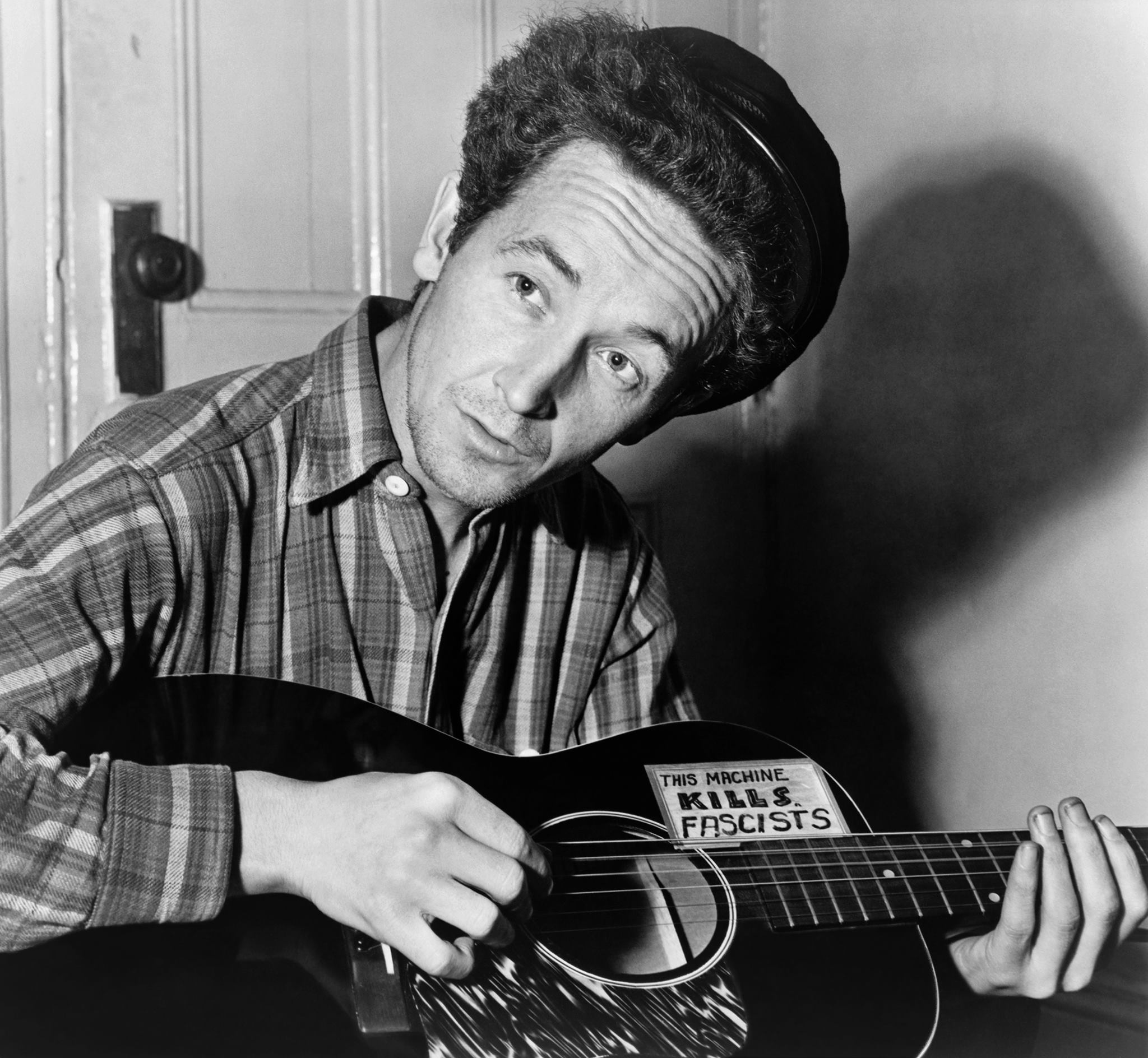
Walter “Baby Sweets” Perkins (February 10, 1932 in Chicago, Illinois – February 14, 2004 in Queens, New York) was an American jazz drummer.
Starting out in Chicago, Perkins began his professional career with Ahmad Jamal in 1956–57. He recorded for Argo Records in 1957 as a leader under the name MJT+3 with Paul Serrano on trumpet, Nicky Hill on tenor sax, Muhal Richard Abrams on piano, and Bob Cranshaw on bass. In 1959, he regrouped under the same name with Willie Thomas on trumpet, Frank Strozier on alto sax, Harold Mabern on piano, and Cranshaw on bass; they recorded for Vee-Jay in 1959 and 1960 and played in Chicago until 1962, when he moved to New York City.
Perkins played with Sonny Rollins in 1962 and accompanied Carmen McRae in 1962–63. In 1964 he played with Art Farmer and Teddy Wilson. Following this he recorded with many musicians, including Rahsaan Roland Kirk, George Shearing, Gene Ammons, Charles Mingus, Billy Taylor, Booker Ervin, Jaki Byard, Lucky Thompson, Pat Martino, Sonny Stitt, Sonny Criss, and Charles Earland.
He died in Queens of lung cancer at the age of 72.
more...The Universe is a dusty place, as this NASA/ESA Hubble Space Telescope Picture of the Week shows. Featured in this image are swirling clouds of gas and dust near the Tarantula Nebula/30 Doradus in the Large Magellanic Cloud. About 160 000 light-years away in the constellations Dorado and Mensa, the Large Magellanic Cloud is one of the nearest galaxies to the Milky Way. The Tarantula Nebula is the most productive star-forming region in the nearby Universe, home to the most massive stars known.
The colourful gas clouds of this nebula are crossed by wispy tendrils and dark clumps of dust. This dust is different from ordinary household dust, which can be made of bits of soil, skin cells, hair and even plastic. Cosmic dust tends to be made of carbon or of molecules called silicates, which contain silicon and oxygen. The data used to create this image were collected as part of an observing programme that aims to characterise the properties of cosmic dust in the Large Magellanic Cloud and other nearby galaxies.
Dust plays several important roles in the Universe. Even though individual dust grains are incredibly tiny, far smaller than the width of a single human hair, dust grains in discs around young stars clump together to form larger grains and eventually planets. Dust also helps cool clouds of gas so that they can condense into new stars. Dust even plays a role in making new molecules in interstellar space, providing a venue for individual atoms to find each other and bond together in the vastness of space.
[Image Description: A portion of a nebula, made of variously-coloured layers of dust clouds. One upper layer is dark reddish dust which is dense and obscures light, in places so dense that it appears black. A middle layer is pale clouds that are thick like curling wisps of smoke. They form a broad bow across the centre of the image. Many small, bright stars lie throughout the nebula, coloured blue, purple or red depending on depth.]

Jerrald King Goldsmith (February 10, 1929 – July 21, 2004) was an American composer, conductor and orchestrator with a career in film and television scoring that spanned nearly 50 years and over 200 productions, between 1954 and 2003. He was considered one of film music’s most innovative and influential composers. He was nominated for eighteen Academy Awards (winning in 1977 for The Omen), six Grammy Awards, five Primetime Emmy Awards, nine Golden Globe Awards, and four British Academy Film Awards.
He composed scores for five films in the Star Trek franchise and three in the Rambofranchise, as well as for films including Logan’s Run, Planet of the Apes, Tora! Tora! Tora!, Patton, Papillon, Chinatown, The Omen, Alien, Poltergeist, The Secret of NIMH, Medicine Man, Gremlins, Hoosiers, Total Recall, Basic Instinct, Air Force One, L.A. Confidential, Mulan, and The Mummy. He also composed the current fanfare for the Universal Pictures logo, which debuted in The Lost World: Jurassic Park.
He frequently collaborated with directors including Paul Verhoeven, Franklin J. Schaffner, Richard Fleischer, Fred Schepisi, Michael Crichton, Jack Smight, Gordon Douglas, J. Lee Thompson, Paul Wendkos, John Frankenheimer, and Joe Dante.
more...Rufus Reid (born February 10, 1944, in Atlanta, Georgia) is an American jazz bassist, educator, and composer.
Reid was raised in Sacramento, California, where he played the trumpet through junior high and high school. Upon graduation from Sacramento High School, he entered the United States Air Force as a trumpet player. During that period, he began to be seriously interested in the double bass.
After fulfilling his duties in the military, Rufus had decided he wanted to pursue a career as a professional bassist. He moved to Seattle, Washington, where he studied bass with James Harnett of the Seattle Symphony. He continued his education at Northwestern University in Evanston, Illinois, where he studied with Warren Benfield and principal bassist, Joseph Guastefeste, both of the Chicago Symphony. He graduated in 1971 with a Bachelor of Music Degree as a Performance Major on the Double Bass.
Rufus Reid’s major professional career began in Chicago and continues since 1976 in New York City. Playing with hundreds of the world’s greatest musicians, he is famously the bassist that saxophonist Dexter Gordon chose when he returned to the states from his decade-long exile in Denmark. His colleagues include Thad Jones, Nancy Wilson, Eddie Harris, and Bob Berg.
more...Emmanuel N’Djoké “Manu” Dibango (12 December 1933 – 24 March 2020) was a Cameroonian musician and songwriter who played saxophone and vibraphone. He developed a musical style fusing jazz, funk, and traditional Cameroonian music. His father was a member of the Yabassi ethnic group, while his mother was a Duala. He was best known for his 1972 single “Soul Makossa“. The song has been referred to as the most sampled African song in addition Dibango, himself, as the most sampled African musician in history. He died from COVID-19 on 24 March 2020.
more...More Posts
- Daily Roots Dennis Brown
- Rhythm Roots Workshop Residency Ecumen Lakeview Commons Assisted Living
- Cosmos Trumpler 16
- Mahmoud Ahmed
- Keith Jarrett
- Mary Lou Williams
- Robert Johnson
- World Drumming Baba Ayo Adeyemi
- Daily Roots Prince Far I & The Arabs
- Cosmos NGC 253
- Bill Kreutzmann
- Jimmy Ruffin
- Nexhmije Pagarusha
- Johannes Brahms
- Pyotr Ilyich Tchaikovsky
- NO WAR STOP PUTIN World Music DakhaBrakha
- Daily Roots Burning Spear
- Rhythm Roots Workshop Ecumen North Branch Senior Living
- Cosmos UGC 9684
- David Friesen
